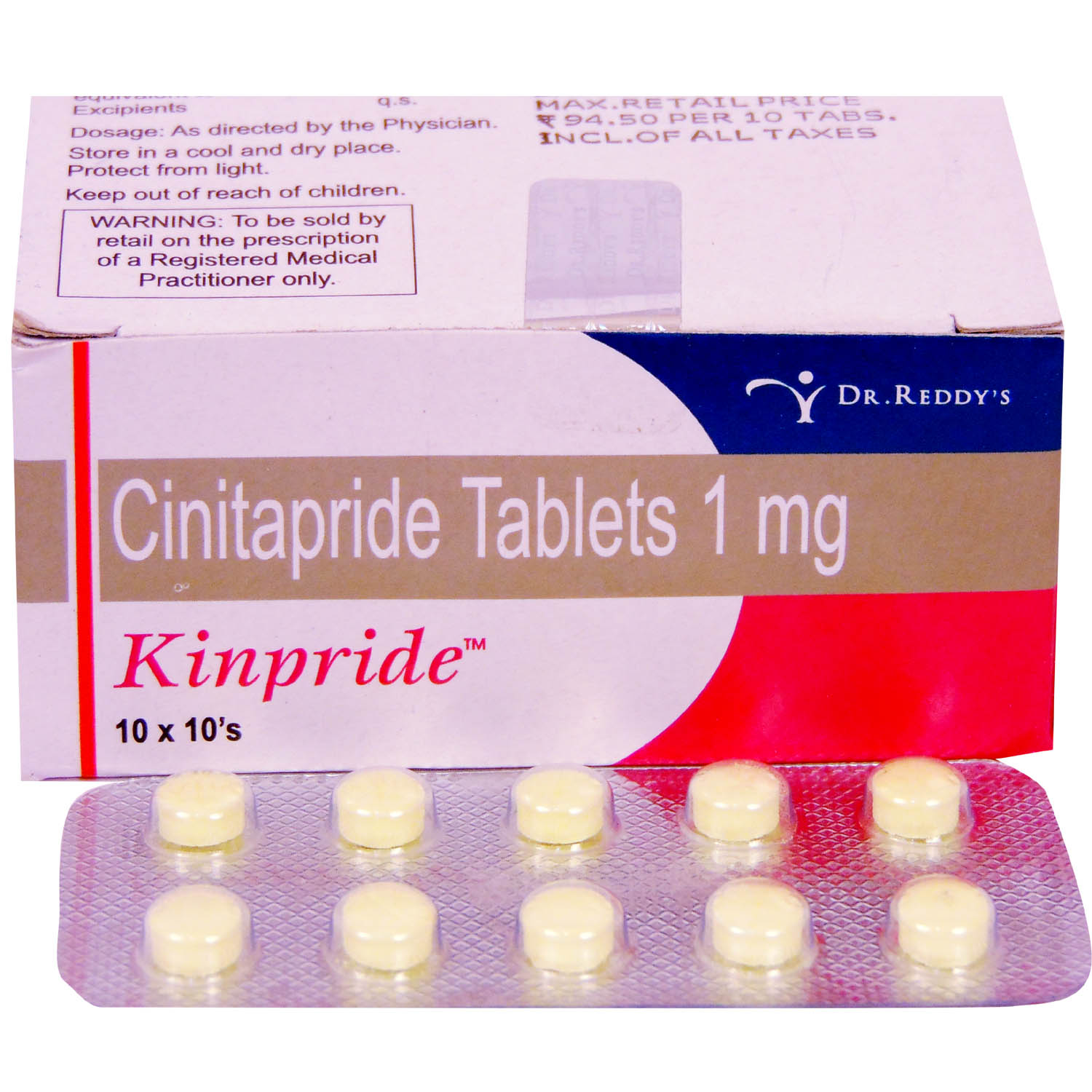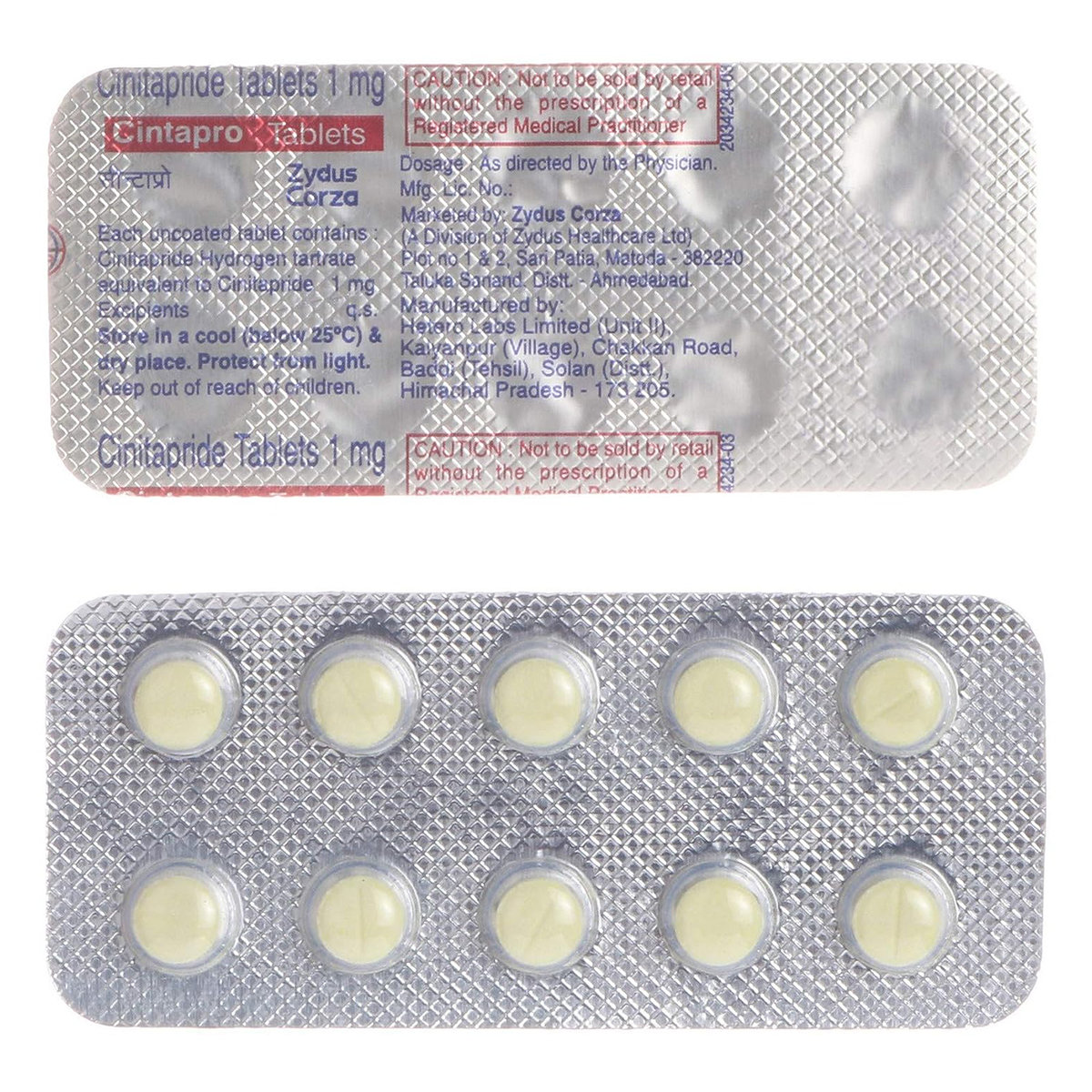Cintamore Tablet


MRP ₹154.5
(Inclusive of all Taxes)
₹23.2 Cashback (15%)
know your delivery time
Provide Delivery Location
Composition :
Manufacturer/Marketer :
Consume Type :
Expires on or after :
Return Policy :

Secure Payment

Trusted by 8 Crore Indians

Genuine Products
Therapeutic Class
Country of origin
Author Details
We provide you with authentic, trustworthy and relevant information
Disclaimer
Alcohol
Safe if prescribed
Avoid consumption of alcohol while taking Cintamore Tablet . Alcohol intake leads to increased production of stomach acid, thereby increasing acidity and heartburn.
Pregnancy
Consult your doctor
Please consult your doctor if you have any concerns regarding this; your doctor will prescribe only if the benefits outweigh the risks.
Breast Feeding
Consult your doctor
Consult your doctor before taking Cintamore Tablet ; your doctor will decide whether Cintamore Tablet can be taken by breastfeeding mothers or not.
Driving
Safe if prescribed
Cintamore Tablet may cause drowsiness. Do not drive or operate machinery unless you are alert.
Liver
Consult your doctor
Consult your doctor before taking Cintamore Tablet if you have a liver impairment or any concerns regarding this.
Kidney
Consult your doctor
Consult your doctor before taking Cintamore Tablet if you have kidney impairment or any concerns regarding this.
Children
Safe if prescribed
Cintamore Tablet should not be given to children as safety and effectiveness were not established.
Product Substitutes
About Cintamore Tablet
Cintamore Tablet belongs to a group of medicines called 'gastrointestinal prokinetic agent' used to treat gastro-oesophageal reflux disease (reflux of gastric contents into the oesophagus), and symptoms of indigestion (slow gastric emptying). Gastroesophageal reflux disease (GERD) occurs when stomach acid frequently flows back into the food pipe (oesophagus). Indigestion is the feeling of stomach fullness (bloating) due to excess acid and gas formation.
Cintamore Tablet contains 'Cinitapride' that increases the pressure of the inferior oesophageal sphincter, thereby preventing the back-flow of food and acid from the stomach into the mouth. This helps treat gastro-oesophageal acid reflux. Cintamore Tablet increases gastrointestinal motility by enhancing the strength of contractions without disrupting their rhythm, thereby helps treat indigestion and improves gastrointestinal function.
You are advised to take Cintamore Tablet for as long as your doctor has prescribed it for you depending on your medical condition. In some cases, you may experience certain common side-effects such as headache, nausea, drowsiness and diarrhoea. Most of these side-effects do not require medical attention and will resolve gradually over time. However, you are advised to talk to your doctor if you experience these side-effects persistently.
Inform your doctor before taking Cintamore Tablet if you have a history of gastrointestinal bleeding, mechanical perforation/obstruction, or movement disorder. Consult your doctor if you are pregnant or breastfeeding. Cintamore Tablet may cause drowsiness, so drive only if you are alert. Cintamore Tablet should not be given to children as safety has not been established. Avoid consuming alcohol along with Cintamore Tablet as it could lead to increased drowsiness and can elevate the production of stomach acid.
Uses of Cintamore Tablet
Medicinal Benefits Mweb
Key Benefits
Cintamore Tablet belongs to a group of medicines called gastroprokinetic agents used to treat gastro-oesophageal reflux disease (reflux of gastric contents into the food pipe), and indigestion (slow gastric emptying). Cintamore Tablet increases the pressure of the inferior oesophageal sphincter, thereby preventing the back-flow of food and acid from the stomach into the mouth. This helps in treating gastro-oesophageal acid reflux. Cintamore Tablet increases gastrointestinal motility by enhancing the strength of contractions without disrupting their rhythm, thereby helps in treating indigestion.
Directions for Use
Side Effects of Cintamore Tablet
- Headache
- Nausea
- Drowsiness
- Diarrhoea
Drug Warnings
Do not take Cintamore Tablet if you are allergic to any of its contents. Inform your doctor before taking Cintamore Tablet if you have a history of gastrointestinal bleeding, mechanical perforation/obstruction, or movement disorder. Consult your doctor if you are pregnant or breastfeeding. Cintamore Tablet may cause drowsiness, so drive only if you are alert. Cintamore Tablet should not be given to children as safety has not been established. Avoid consuming alcohol along with Cintamore Tablet as it could lead to increased drowsiness and can elevate the production of stomach acid. Keep your doctor informed about your health condition and medicines to rule out any side-effects.
Drug-Drug Interactions
Drug-Drug Interactions
Login/Sign Up
Drug-Food Interactions
Drug-Food Interactions
Login/Sign Up
Drug-Diseases Interactions
Drug-Diseases Interactions
Login/Sign Up
Drug-Drug Interactions Checker List
- PHENOTHIAZINE
- DIGOXIN
Habit Forming
Diet & Lifestyle Advise
- Eat smaller meals more often.
- Avoid smoking and alcohol consumption. Alcohol intake leads to increased production of stomach acid, thereby increasing acidity and heartburn.
- Maintain a healthy weight by regular exercising.
- Avoid lying down after eating.
- Avoid tight-fitting clothes.
- Maintain a healthy weight by regular exercising.
- Practise relaxation techniques and avoid stress by doing yoga or meditation.
- Avoid foods such as high-fat food, spicy food, chocolates, citrus fruits, pineapple, tomato, onion, garlic, tea and soda.
- Avoid sitting continuously as it may trigger acidity. Take a break of 5 minutes every hour by doing brisk walking or stretching.
All Substitutes & Brand Comparisons
RX
Out of StockCintaflux 1 mg Tablet 10's
Mankind Pharma Pvt Ltd
₹40
(₹3.52 per unit)
74% CHEAPERRX
Out of StockCinmove Tablet 10's
Cipla Ltd
₹60
(₹5.28 per unit)
62% CHEAPERRX
Out of StockCinesta Tablet 10's
Lupin Ltd
₹66.9
(₹6.02 per unit)
56% CHEAPER

Have a query?
Buy best Gastro Enterology products by
Abbott India Ltd
Sun Pharmaceutical Industries Ltd
Alkem Laboratories Ltd
Cipla Ltd
Torrent Pharmaceuticals Ltd
Intas Pharmaceuticals Ltd
Mankind Pharma Pvt Ltd
Lupin Ltd
Dr Reddy's Laboratories Ltd
Aristo Pharmaceuticals Pvt Ltd
Alembic Pharmaceuticals Ltd
Wallace Pharmaceuticals Pvt Ltd
La Renon Healthcare Pvt Ltd
Leeford Healthcare Ltd
Macleods Pharmaceuticals Ltd
J B Chemicals & Pharmaceuticals Ltd
Zydus Healthcare Ltd
Micro Labs Ltd
Zydus Cadila
Fourrts India Laboratories Pvt Ltd
Morepen Laboratories Ltd
Zuventus Healthcare Ltd
FDC Ltd
Eris Life Sciences Ltd
Cadila Pharmaceuticals Ltd
Medishri Healthcare Pvt Ltd
Alniche Life Sciences Pvt Ltd
Medley Pharmaceuticals Ltd
Tas Med India Pvt Ltd
Signova Pharma
Tablets India Ltd
Elder Pharmaceuticals Ltd
Wockhardt Ltd
Emcure Pharmaceuticals Ltd
Sanatra Healthcare Ltd
Glenmark Pharmaceuticals Ltd
Blue Cross Laboratories Pvt Ltd
East West Pharma India Pvt Ltd
Hetero Drugs Ltd
Indoco Remedies Ltd
Vasu Organics Pvt Ltd
Biological E Ltd
Primus Remedies Pvt Ltd
Akumentis Healthcare Ltd
Corona Remedies Pvt Ltd
Pfizer Ltd
Albert David Ltd
DR Johns Lab Pharma Pvt Ltd
Ajanta Pharma Ltd
Cadila Healthcare Ltd
Ipca Laboratories Ltd
Ordain Health Care Global Pvt Ltd
Systopic Laboratories Pvt Ltd
Ozone Pharmaceuticals Ltd
Foregen Healthcare Ltd
Medgen Drugs And Laboratories Pvt Ltd
Panacea Biotec Ltd
Samarth Life Sciences Pvt Ltd
Shine Pharmaceuticals Ltd
Adonis Laboratories Pvt Ltd
Dey's Medical Stores (Mfg) Ltd
Eskag Pharma Pvt Ltd
Hetero Healthcare Pvt Ltd
Indchemie Health Specialities Pvt Ltd
Meyer Organics Pvt Ltd
RPG Life Sciences Ltd
Troikaa Pharmaceuticals Ltd
Biochem Pharmaceutical Industries Ltd
Shreya Life Sciences Pvt Ltd
Sinsan Pharmaceuticals Pvt Ltd
3M India Ltd
Chemo Healthcare Pvt Ltd
Levin Life Sciences Pvt Ltd
Meridian Enterprises Pvt Ltd
Overseas Health Care Pvt Ltd
Saf Fermion Ltd
Sanzyme Pvt Ltd
Steris Healthcare
USV Pvt Ltd
Seagull Pharmaceutical Pvt Ltd
Votary Laboratories (India) Ltd
Win Medicare Ltd
Yuventis Pharmaceuticals
Aar Ess Remedies Pvt Ltd
Caplet India Pvt Ltd
Piramal Enterprises Ltd
Sanofi India Ltd
Cnx Health Care Pvt Ltd
Galpha Laboratories Ltd
Intra Labs India Pvt Ltd
Kinesis Pharmaceuticals Pvt Ltd
Msn Laboratories Pvt Ltd
Olcare Laboratories Pvt Ltd
Rapross Pharmaceuticals Pvt Ltd
Ronyd Healthcare Pvt Ltd
Saffron Therapeutics Pvt Ltd
Solariz Healthcare Pvt Ltd
Syndicate Life Sciences Pvt Ltd
Aurz Pharmaceutical Pvt Ltd
Biophar Lifesciences Pvt Ltd
Customers Also Bought

_0.jpg?tr=q-85)







